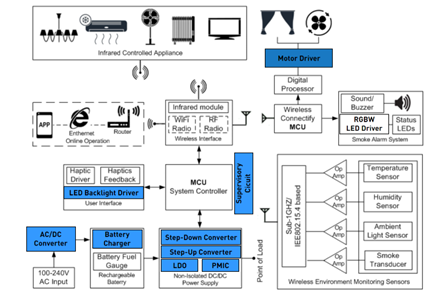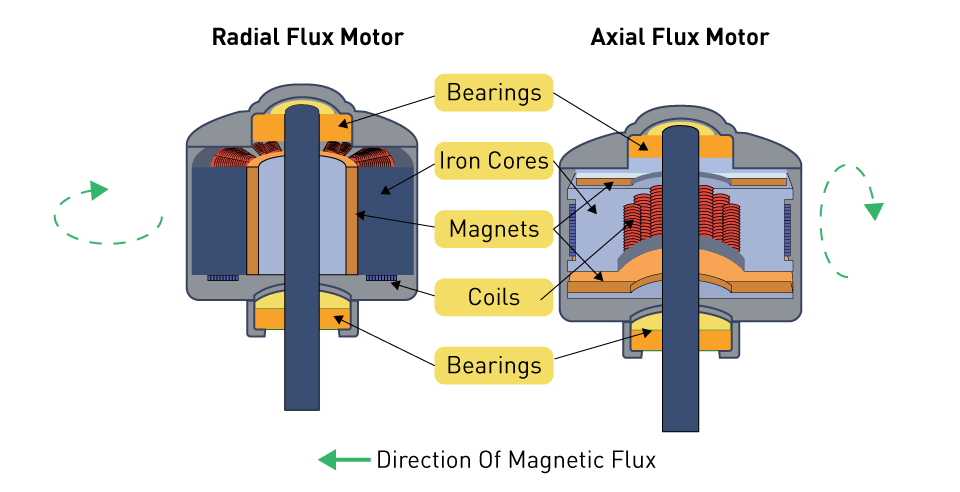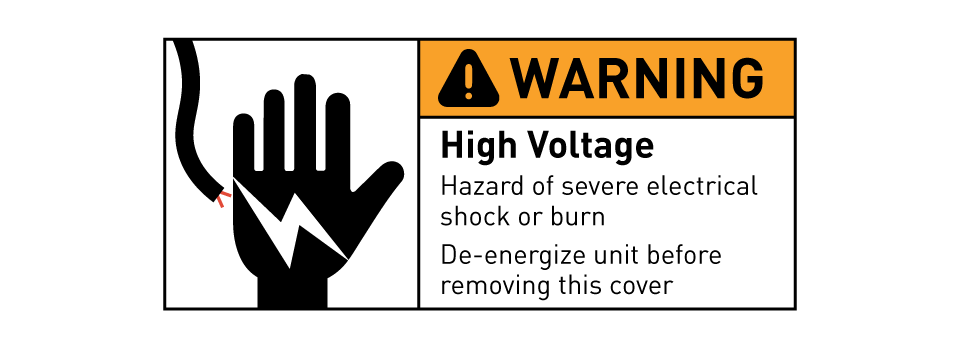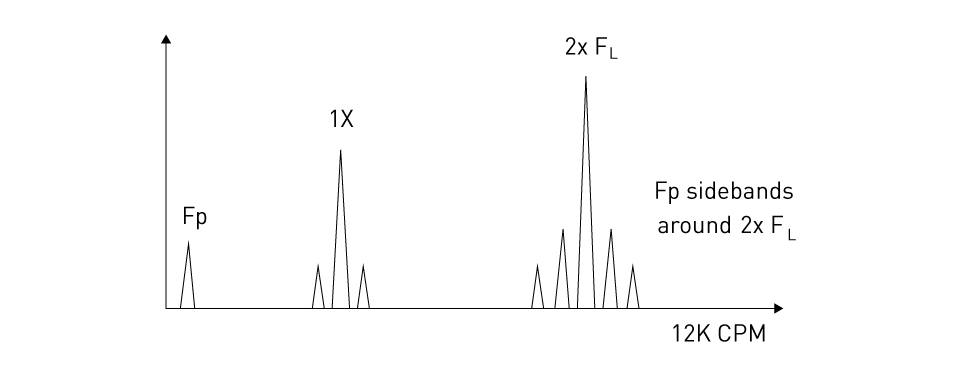Technological Challenges
On the path toward the advancement of motor technology, there are substantial technological obstacles that manufacturers need to overcome in order to achieve the full potential of advancements in this field. These problems not only determine the pace of development, but also impact the practicability and scalability of implementing different motor technologies.
Potential Barriers to Implementation
Material Limitations: The search for new and advanced materials that are capable of meeting greater performance standards frequently encounters obstacles such as the cost of the materials, their availability, and the inherent physical limitations of the materials themselves. These materials can achieve important goals such as increasing the efficiency of motors, reducing their weight, and improving their thermal properties.
Complexity in Manufacturing: The manufacturing process is becoming increasingly complicated as motor designs become more complex. This complexity can result in increased production costs as well as increased technical demands on manufacturing precision, both of which can impede the general adoption of new technology.
Regulatory and Compliance Challenges: New motor technologies usually operate in surroundings that are subject to severe regulatory requirements, which can cause their entry into the market to be delayed. Validation and testing must be carried out in a comprehensive manner in order to ensure compliance with international standards for safety, efficiency, and environmental effect. This process can be both time-consuming and expensive.
Overcoming Miniaturization and Integration Challenges
Advanced Fabrication Techniques: To address concerns about miniaturization, the industry is turning to techniques such as nanofabrication and 3D printing. These techniques make it possible to create motor components with a high degree of precision on a microscale, which in turn makes it possible to incorporate motor technologies into devices that are both more comprehensive and more compact.
System Integration: Overcoming interoperability difficulties is necessary in order to develop motors that are capable of easily integrating into larger systems. Not only does this call for technological design advances, but it also necessitates the establishment of standards that guarantee interoperability across a variety of platforms and systems.
Thermal Management: Since motors are becoming more compact, the management of heat is becoming an increasingly difficult challenge. It is essential to make advancements in thermal management technologies in order to guarantee that these tiny motors can function effectively without overheating, which will ultimately result in an extension of their operational life in addition to their dependability.
Collaborative Innovation
Partnerships between Academia and Industry: In order to effectively address these technical issues, it is frequently necessary to work together. The development of solutions can be sped up by the formation of partnerships between universities and industrial companies. These partnerships combine theoretical understanding with practical implementation. Among the most notable examples are:
- MIT and IBM: The cooperation between the two organizations is widely recognized as one of the most successful partnerships. The MIT-IBM Watson AI Lab was established as a result of this collaboration. The lab's primary focus is on core artificial intelligence (AI) research as well as its applications to many areas, such as cybersecurity and healthcare.
- University of Cambridge and Microsoft: Microsoft has formed a partnership with the University of Cambridge in order to construct the Microsoft Research Cambridge lab. This lab has been at the forefront of research in a variety of fields, including the development of gaming technology, artificial intelligence, and quantum computing.
- Carnegie Mellon University and Uber: Pittsburgh is the location of the Uber Advanced Technologies Center, which was established through a partnership between Uber and Carnegie Mellon University. The primary objective of this center is the investigation and development of essential technologies that are the foundation of autonomous cars. These technologies include mapping, vehicle safety, and transportation efficiency.
- Imperial College London and Dyson: Imperial College London has formed a partnership with Dyson in order to create new robotic technologies and systems that are based on artificial intelligence. Through this relationship, the goal is to innovate domestic robots and other consumer products to improve their intelligence and usability.
Cross-industry Technology Transfer: The adoption of innovations from other sectors can give unique answers to problems that already exist. This is referred to as cross-industry technology transfer. For instance, materials that were first designed for use in aerospace applications, such as aerogels, could potentially find new use in the construction of motors, which would have greater performance characteristics.
Economic and Market Trends
There are a number of economic considerations and market trends that have a considerable impact on the development and implementation of advanced motor technology. In order for players in the automotive sector to properly strategize and develop, they must have a solid understanding of these dynamics.
Economic Factors Affecting Development and Adoption
Research and Development Costs: Developing new motor technology may require a significant financial investment. It is necessary to make investments not only during the preliminary stages of research but also during the phases of product development and the introduction of the product to the market. The availability of capital and investment in these areas is of the utmost importance, and it is frequently dependent on the cycles of the economy and investor confidence.
Raw Material Prices: Variations in the prices of essential raw materials (including steel, copper, and rare earth metals, among others) have the potential to have a major impact on vehicle manufacturing expenses. A high cost of materials can be a barrier to the implementation of new technologies because it might lead to an increase in the price of the end product, which may in turn reduce market demand.
Government Incentives and Subsidies: In many areas, government policies that encourage the development and incorporation of more environmentally friendly and efficient technologies can help to offset the development costs. Examples of these incentives include tax refunds, subsidies, and direct financing for research.
Market Trends Influencing Motor Technology
Shift Towards Sustainability: There is an increasing need for motors that are not only more efficient but also less destructive to the environment. This shift toward sustainability is a result of the increased demand. A growing number of people are becoming interested in motors that consume less energy, produce fewer pollutants, and make use of materials that are more environmentally friendly.
Increased Automation in Various Sectors: As sectors such as manufacturing, automotive, and logistics continue to automate their processes, the need for specialized motor solutions tailored to the exact demands of these automated systems is growing.
Consumer Demand for High-Performance Products: In the automobile industry, for example, the push toward electric vehicles is creating a need for high-efficiency, high-performance motors that are capable of delivering the needed vehicle range and power. This demand is being driven by consumer demand for high-performance products.
Technological Convergence: As a result of technological convergence, the incorporation of artificial intelligence and the internet of things into motor systems is becoming an increasingly important trend. New benchmarks are being established in the field of motor technology by intelligent motors having the ability to anticipate failure, optimize power consumption, and streamline maintenance procedures by utilizing real-time data.
Navigating Economic and Market Challenges
Companies have to overcome the hurdles that are associated with these trends in order to capitalize on them. To maintain their competitive edge, they must ensure that their product development strategies are in line with the requirements of the market, make investments in environmentally responsible production methods, and make use of technological breakthroughs. In addition, the ability to quickly adjust to shifting market conditions and regulatory requirements can be a substantial competitive advantage.
Stakeholders in the automotive sector can better prepare for the future by staying aware of these economic and market trends. This will allow them to ensure that their innovations not only satisfy the demands of the current market but also anticipate the needs of the future, which will drive the development of the next generation of motor technologies.





直接登录
创建新帐号